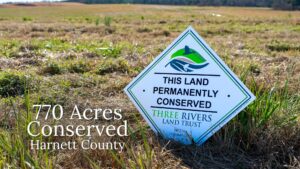
By Crystal Cockman
August 23,2016
I am a very amateur nature photographer, but I’ve been able to get some pretty good shots thanks to the fact that I spend a lot of time outdoors and I’ve got some decent cameras, and a lot of patience. I’d like to share just a few of the things I’ve learned while photographing nature and wildlife in particular.Try getting on an eye-level perspective or even lower. Getting a picture of an animal standing upright from ground level is a great shot that really makes the subject matter stand out. Even photographing a wildflower from at or below eye-level makes for a better image. From below eye-level looking up allows you to take in the background habitat for the species and makes the photograph much more interesting. A picture of a pink lady slipper showing the pine forest blurred in the background is one good example.

One camera I have is the Canon PowerShot SX50 HS. It is 12.1 megapixels


Both cameras do a pretty good job of taking landscape pictures. Lighting is important when it comes to landscapes, and some of my best shots are taken during early morning bird surveys or late in the afternoon with a good angle of light.
Thanks to digital photography it is relatively inexpensive to take a lot of shots, so getting a good image is easier now than ever. Next time you’re out in the woods be patient and see what shows up, you never know when you might have an opportunity to photograph an interesting animal behavior or beautiful wildflower in just the right light.